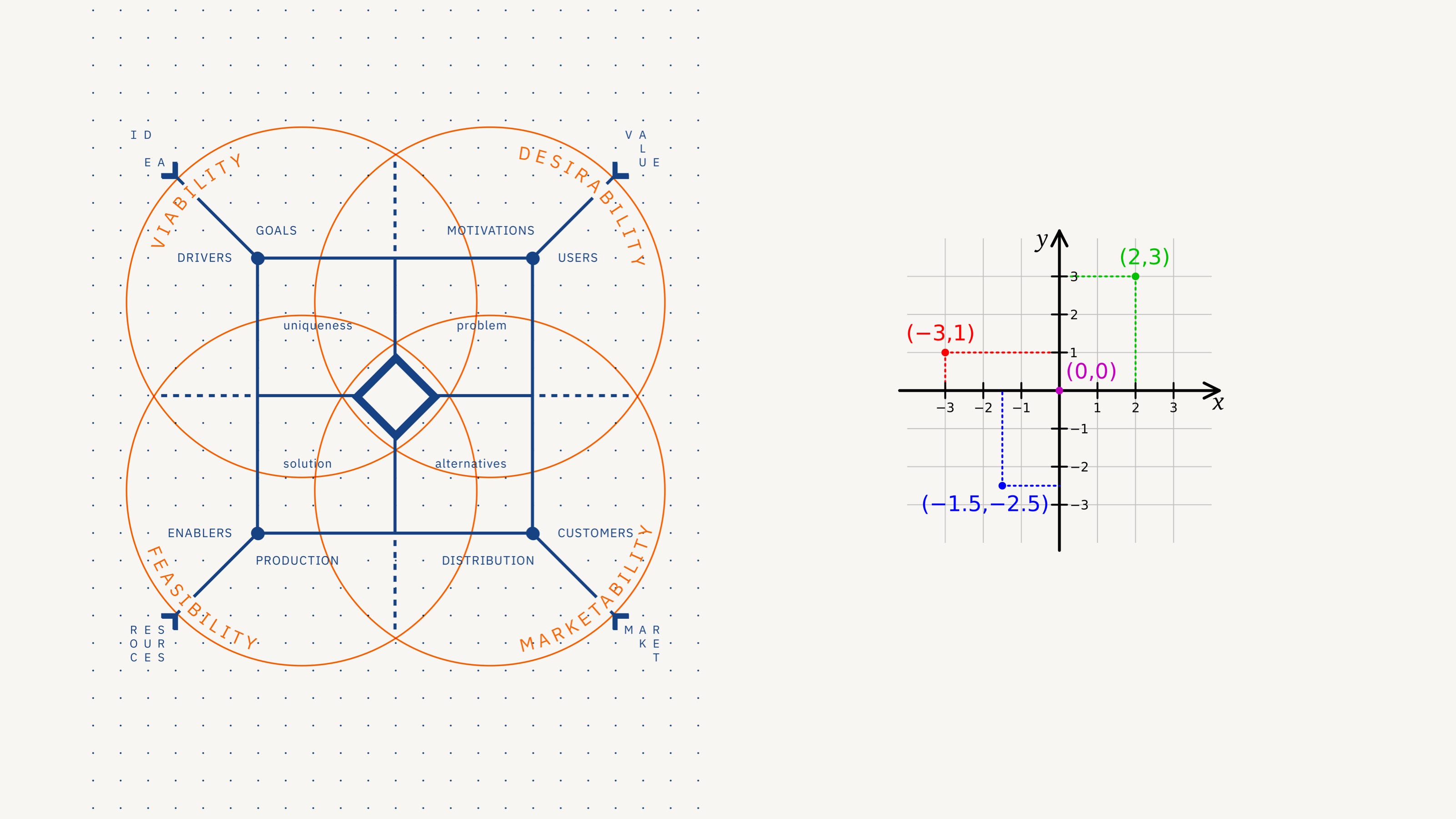Some thoughts on using product thinking and tools within leadership development programmes
Emergent Exponential Effects
One of the most exciting aspects of the digital economy is its exponential nature, and the fact that small ideas, products and teams can potentially enjoy outsized outcomes thanks to the multiplicity of connections and network effects that can come into play. Azeem Azhar describes this new world in his excellent book Exponential. As he points out in this Wired piece about his research, people are bad at both the maths that underpins exponential effects and also at predicting how they play out over time, due to anchoring bias and other factors. But when we create components, services and products that can evolve independently and catch a cost-reducing wave of technology commoditisation, then the results can be very powerful, if sometimes hard to predict. What can this teach us about creating adaptive, and potentially exponential organisations? I have spent a lot of time recently working with senior leaders in large firms on the implications of shifting from a focus on projects and processes to products, platforms and portfolio thinking. Projects and process management were key features of the old, traditional grind of management that seeks to add more lines to the Gantt chart and more ‘resources’ to the process in order to eke out marginal gains. But a shift to product thinking – applied quite broadly as a way of thinking – is about taking a more service-oriented view of our organisations and focusing on creating components with the potential to evolve and grow more freely.
Product, platform and portfolio thinking
We talk a lot about platforms as the organising principle of the modern organisation: laterally connected service platforms that integrate and connect work, in contrast to the old vertically-divided silo model, and provide the building blocks for combinatorial product and service innovation above. Instead of bet-the-farm big projects that must.not.fail, managers can think more like investors in seeding and growing new organisational services and capabilities, with more of a portfolio approach to measuring success in aggregate, even if some small ‘bets’ fail or fall by the wayside. Simone, Emanuele and colleagues at Boundaryless extend this idea further with the Rendanheyi-influenced concept of the Multi Micro-Enterprise Contract (or Ecosystem Micro-Community) to imagine future organisations as evolutionary ecosystems of many small micro-enterprises connected by mutual obligations and a platform. But even today, I think there is already a lot of hard work to do (and a ton of value-creation potential) in improving existing unitary enterprises by accelerating the shift from projects and processes to products, platforms and service portfolios. This can seem quite daunting for current leaders, and might seem like a huge mountain to climb. But in fact, by gradually reviewing the work of teams and functions, assessing scope for digitisation and automation and mapping the services and capabilities that will make up an organisation’s internal service platform, leaders can achieve short-term efficiencies and improvements all the way through this transition. And, as Rita McGrath reminds us in her writing about ecosystem development, there is plenty of potential for gradual, intermediate ‘stepping stone’ strategies that can be deployed to make a transition like this manageable. And, most certainly, this approach can open up new possibilities for various types of innovation that would benefit from greater componentisation and composability.
Deploying leaders on the Product Field
One visual thinking approach that has really impressed me in its applicability to making product thinking more accessible for non-technical leaders is the Product Field framework developed by KP Frahm, Michael Schieben and Wolfgang Wopperer-Beholz. Although intended as a visual thinking approach for product people and teams – see Michael Schieben’s blog post on this here – I find it is also understandable and clarifying as a tool for leaders to start thinking more deeply about how they can conceptualise value creation from a product point of view, and learn a new way of pursuing value creation.

The Product Field · A Coordinate System for Product Strategies: M. Schieben
In sessions I have run recently that include both generic corporate management and newly emerging product managers, I found the framework simple enough to serve as a basis for shared learning and thinking, whilst also giving the specialists enough value at the same time. And the full product that brings the framework to life is very impressive – easy to use but with real depth, hidden insights and a fractal structure that allows us to think about products at several levels of scale and abstraction. If we are to move towards more adaptive, connected digital structures within large organisations, it is very important that we bring leaders with us on the journey from project and process management to product and platform development, but this requires a common understanding of how to see various aspects of value creation through a product lens. Whilst some might find these concepts hard to grasp from within conventional management theory, I think we owe it to ourselves to challenge emerging and established leaders alike to engage with these ideas and what they mean in practice. So far, my experience has been pretty positive, and I live in hope that the cohorts and individuals I have been working with can avoid getting pulled back underwater by incessant meetings, emails and KPI reporting after they complete their learning programmes, and begin to put these ideas into practice to create better roadmaps for products, platforms and organisational transformation.

